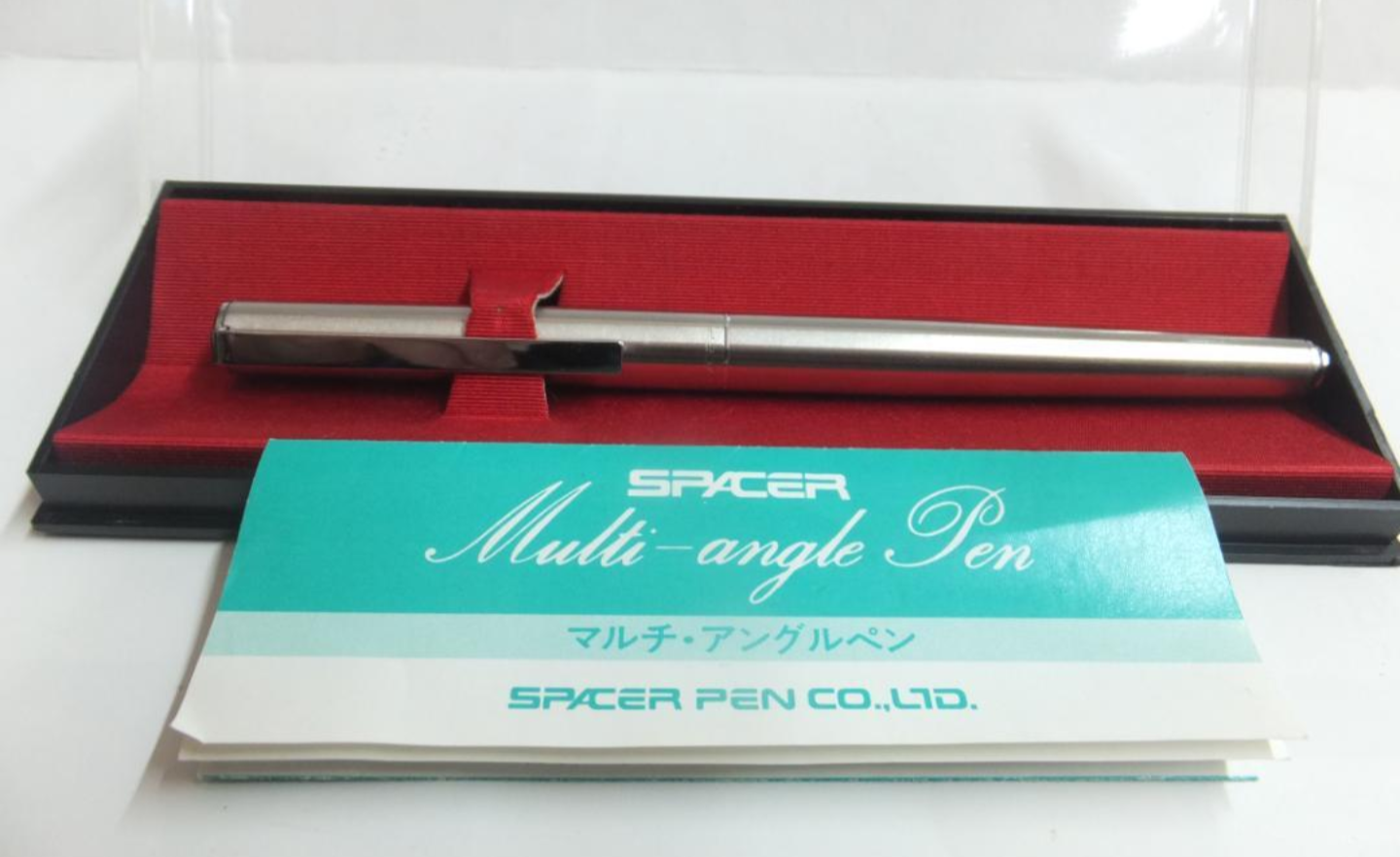What Is Good Gsm (G/m2) For Paper For Fountain And Gel Pens Usage?
-
Forum Statistics
354.3k
Total Topics4.6m
Total Posts -
Member Statistics
127,212
Total Members2,585
Most OnlineNewest Member
AdelineA
Joined -
Images
-
Albums
-
Icones Pupulinianae V
- By fpupulin,
- 0
- 5
- 81
-
Dan Carmell
- By Dan Carmell,
- 0
- 0
- 74
-
Andrew Lensky Arts
- By Andrew_L,
- 0
- 13
- 15
-
Image for posting by Number99-Ⅱ
- By Number99,
- 0
- 0
- 37
-
USG 5
- By USG,
- 0
- 0
- 58
-








FP.jpg.bbaf22192f1d11074309b12223a941ff.jpg)









.thumb.jpg.f07fa8de82f3c2bce9737ae64fbca314.jpg)



.thumb.jpg.331e554113c33fb39d5bf3233878978a.jpg)





Recommended Posts
Create an account or sign in to comment
You need to be a member in order to leave a comment
Create an account
Sign up for a new account in our community. It's easy!
Register a new accountSign in
Already have an account? Sign in here.
Sign In Now